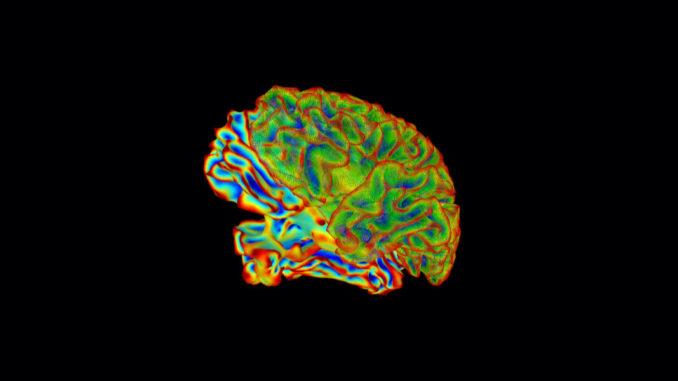
Artificial neural networks are famously inspired by their biological counterparts. Yet compared to human brains, these algorithms are highly simplified, even “cartoonish.”
Can they teach us anything about how the brain works?
For a panel at the Society for Neuroscience annual meeting this month, the answer is yes. Deep learning wasn’t meant to model the brain. In fact, it contains elements that are biologically improbable, if not utterly impossible. But that’s not the point, argues the panel. By studying how deep learning algorithms perform, we can distill high-level theories for the brain’s processes—inspirations to be further tested in the lab.
“It’s not wrong to use simplified models,” said panel speaker Dr. Sara Solla, an expert in computational neuroscience at Northwestern University’s Feinberg School of Medicine. Discovering what to include—or exclude—is an enormously powerful way to find out what’s critical and what’s evolutionary junk for our neural networks
